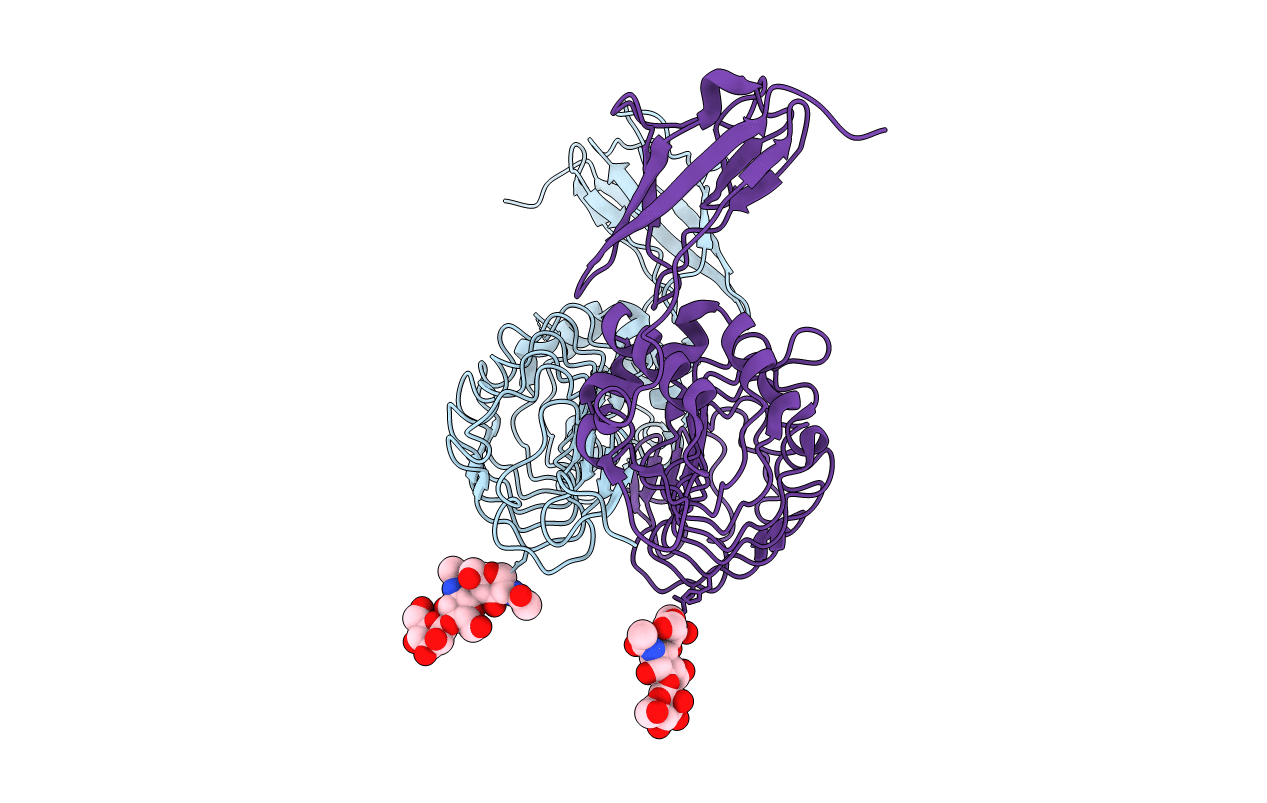
Deposition Date
2010-08-23
Release Date
2011-09-21
Last Version Date
2024-11-13
Entry Detail
PDB ID:
2XOT
Keywords:
Title:
Crystal structure of neuronal leucine rich repeat protein AMIGO-1
Biological Source:
Source Organism:
Mus musculus (Taxon ID: 10090)
Host Organism:
Method Details:
Experimental Method:
Resolution:
2.00 Å
R-Value Free:
0.25
R-Value Work:
0.20
R-Value Observed:
0.21
Space Group:
P 1 21 1


